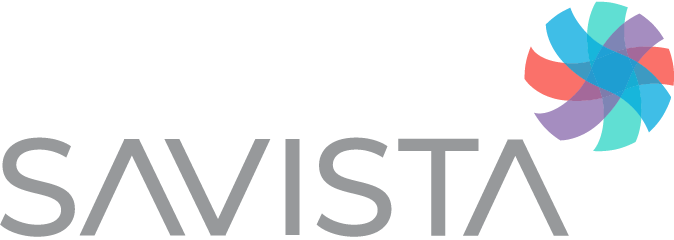KYLE SHERSETH | VP, Revenue Cycle Solutions
The word integrity is defined as the condition of being unimpaired, or sound in construction. When applying this definition to your revenue cycle operations, having revenue integrity means that your healthcare organization is receiving optimal return for every clinical encounter by being operationally efficient, assuring appropriate reimbursement and remaining compliant with regulatory requirements.
Revenue integrity programs involve a comprehensive review of all aspects of the revenue cycle, from patient registration and eligibility verification to coding, billing, and collections. It also involves monitoring and analyzing key performance metrics to identify areas for improvement and reduce revenue leakage. By implementing effective revenue integrity strategies, your organization can improve your financial performance, optimize resource utilization, and provide high-quality care to your patients.
Why is Revenue Integrity Important?
Revenue integrity programs aid in the identification and correction of process inefficiencies, thereby improving the overall revenue cycle. Providers optimize reimbursement and reduce the risk of revenue leakage when services are accurately and appropriately billed. This is important in today's healthcare operations, where margins are tight, denials are on the rise and payers are applying pressure to reduce reimbursement rates. Furthermore, revenue integrity assists in maintaining compliance with complex regulatory requirements—avoiding audits, costly penalties, recoupments, and reputational damage to your organization.
Effective revenue integrity management supports the delivery of high-quality care, enabling providers to reinvest in staff, infrastructure, and technology, and ultimately improve patient outcomes.
According to the National Association of Healthcare Revenue Integrity (NAHRI), the goal of Revenue Integrity “is to prevent recurrence of issues that can cause revenue leakage and/or compliance risks through effective, efficient, replicable processes and internal controls across the continuum of patient care, supported by the appropriate documentation and the application of sound financial practices that are able to withstand audits at any point in time.”
Historically, healthcare organizations have tended to compartmentalize departments, with little integration or collaboration between the clinical and revenue cycle teams. This fragmented structure can impede progress towards revenue integrity improvement. Achieving greater alignment across these diverse entities throughout the entirety of a patient's clinical journey is crucial for true revenue integrity
How are Providers losing money?
Operational Inefficiency
Denials
Increased cost-to-collect
Suboptimal resource utilization
Reduced care quality (value-based reimbursement)
Improper Reimbursement
Pre-authorization issues
Coding errors
Incomplete charge capture
Billing errors
Non-Compliance
Audits
Fines
Recoupment
Patient volume decline
Steps to Implementing a Successful Revenue Integrity Program
Implementing a successful revenue integrity program requires a multidisciplinary approach. The involvement of executive leadership and the establishment of a culture of transparency and accountability are key factors in the success of revenue integrity initiatives. The steps below will help you successfully implement a revenue integrity program in your organization:
Step 1: Assess Current Revenue Cycle Processes
The first step in implementing a revenue integrity program is to assess your current revenue cycle processes. This includes reviewing policies and procedures, identifying inefficiencies, and assessing compliance risks. This assessment should involve clinical, financial, and administrative staff to ensure that all areas of the revenue cycle are reviewed.
Step 2: Develop Policies and Procedures
Once processes have been assessed, develop policies and procedures to address identified inefficiencies and compliance risks. They should be documented and communicated to all staff members who are involved in the revenue cycle.
Step 3: Provide Education and Training
Education and training are critical components of a successful revenue integrity program. All staff members who are involved in the revenue cycle should receive education and training on the new policies and procedures. This includes clinical, financial, and administrative staff.
Step 4: Optimize Current Technology
Ensuring that your technology is properly implemented and utilized can assist your organization in identifying and preventing revenue cycle errors. This includes revenue cycle management software, electronic health records, and coding and billing software. Assess your current technology solutions and identify areas where additional technology may be needed.
Step 5: Monitor and Analyze Revenue Cycle Performance
The final step in implementing a revenue integrity program is to monitor and analyze revenue cycle performance. This includes tracking key performance indicators such as claims submission rates, denial rates, and days in accounts receivable. Healthcare organizations should use this data to identify areas where improvements can be made and to continuously improve revenue cycle processes.
Conclusion
Revenue integrity is critical to the financial stability and success of healthcare organizations. It involves identifying and preventing errors, reducing compliance risks, and ensuring that claims are accurately coded and submitted. Implementing a successful revenue integrity program involves assessing current revenue cycle processes, developing policies and procedures, providing education and training, implementing technology solutions, and monitoring and analyzing revenue cycle performance. Healthcare organizations that prioritize revenue integrity will be better positioned to provide high-quality care and maintain financial stability in an increasingly complex healthcare industry.



